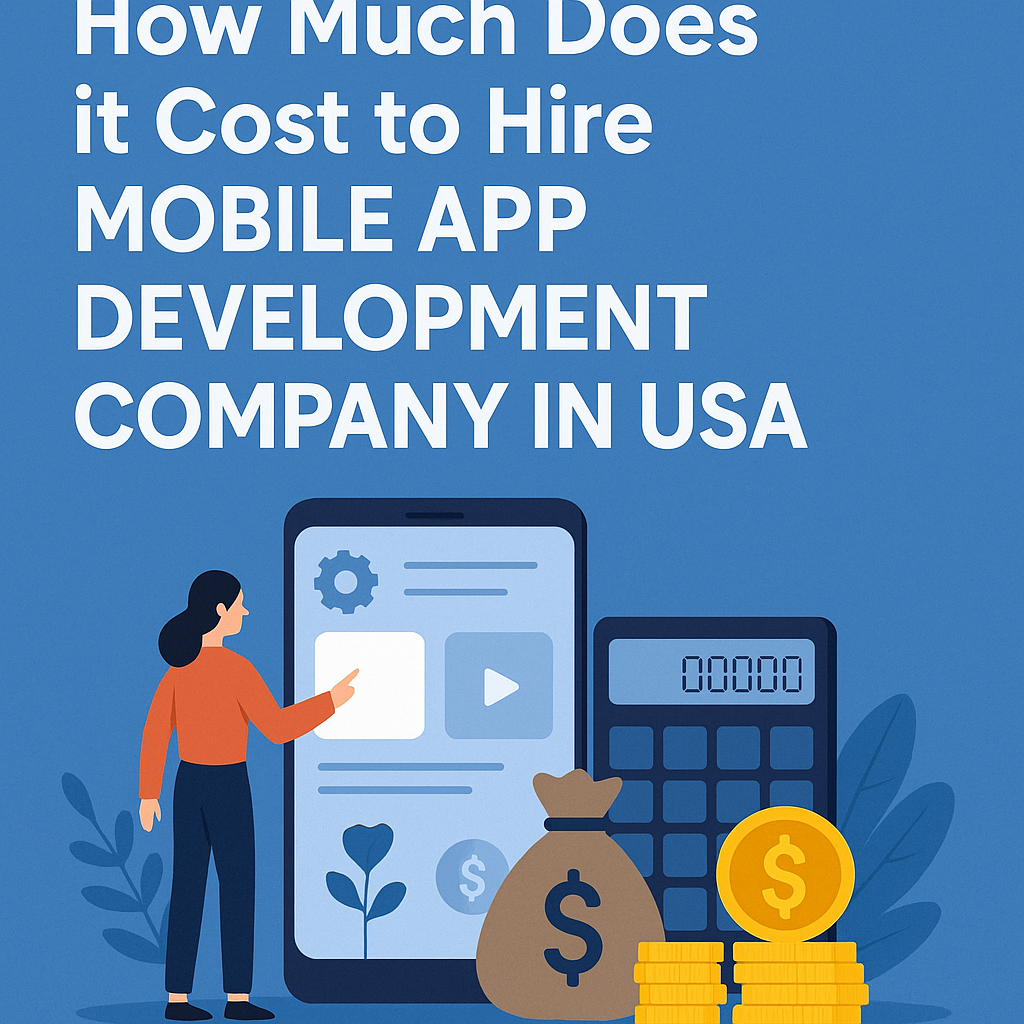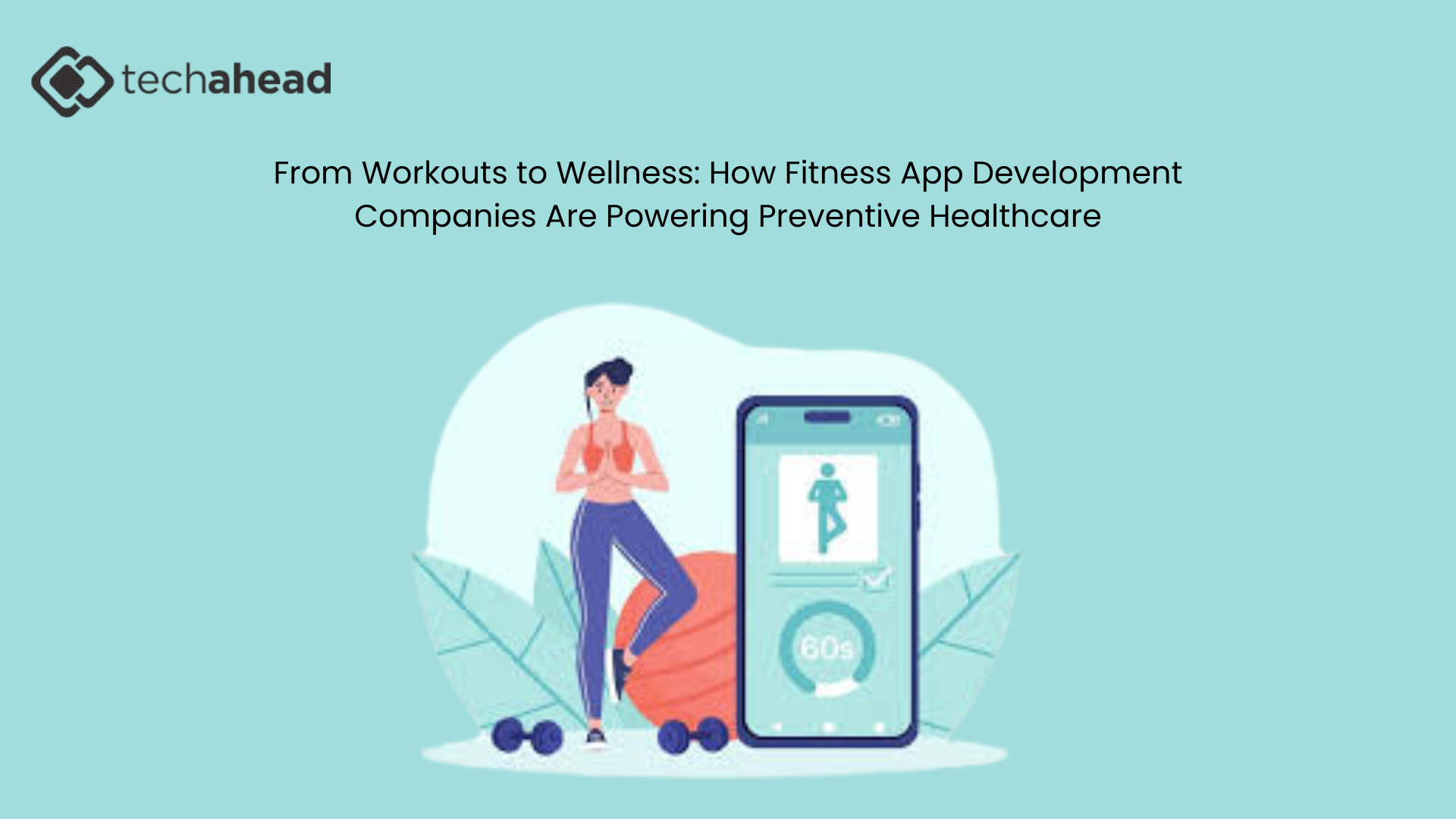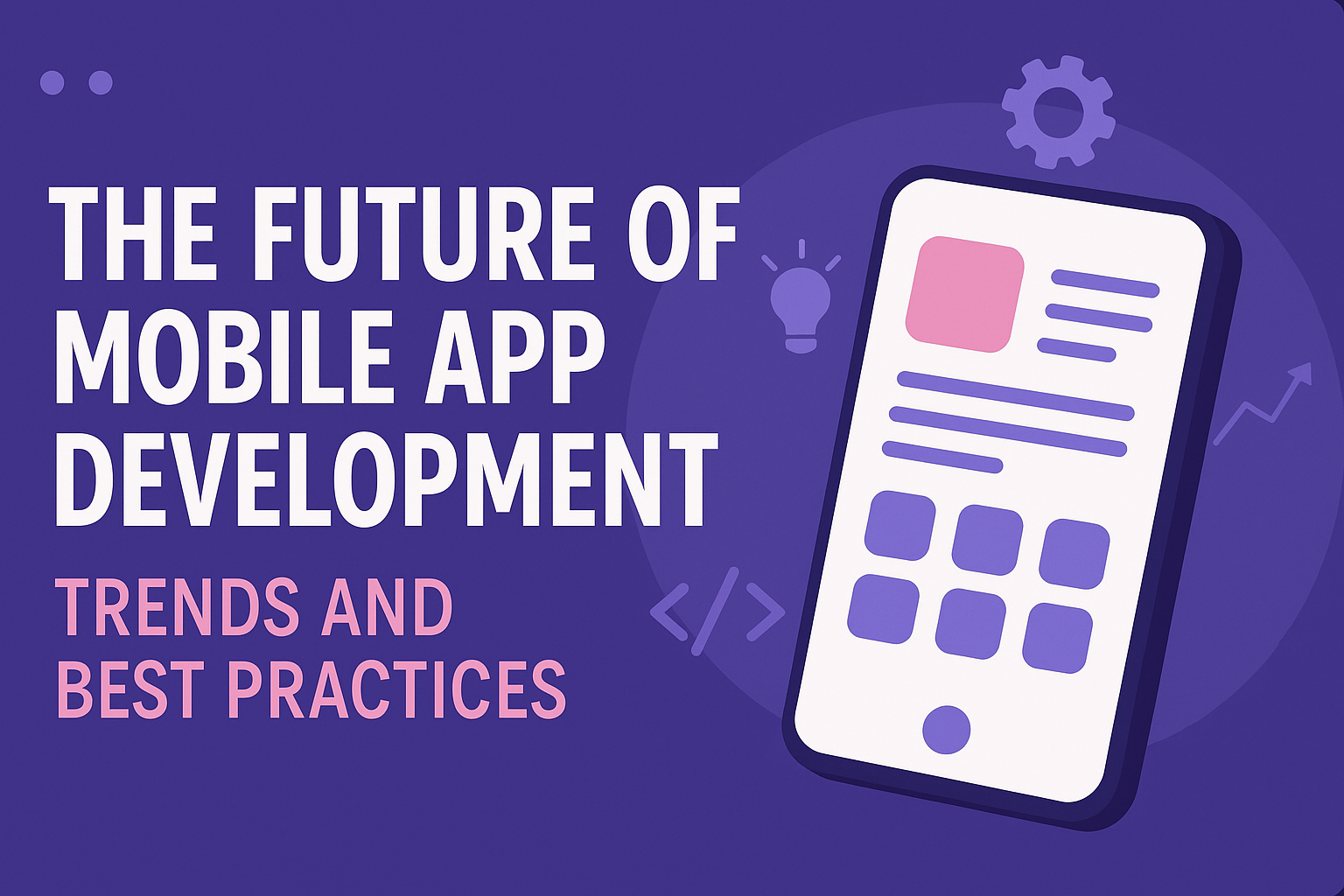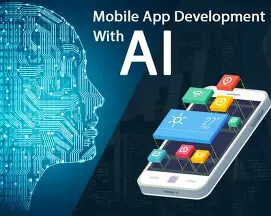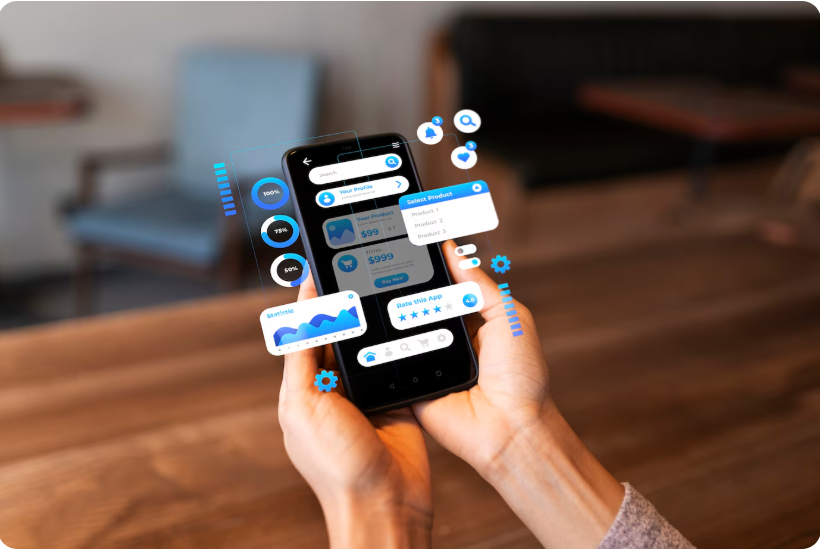Apps for food delivery are developing quickly to satisfy the needs of contemporary customers. Staying competitive in a business that is growing demands staying up to date with the latest trends. This is a thorough examination of the current trends influencing the creation of meal delivery apps.
✍️ Maintaining apps after launch is just as important as building them. Learn how app maintenance practices ensure security, updates, and long-term success.
1. AI and Machine Learning for Personalization
Machine learning (ML) and artificial intelligence (AI) are increasingly essential to the creation of food delivery apps. Apps may now examine user behavior, preferences, and order history to generate customized suggestions thanks to these technologies. By providing individualized meal suggestions, this improves the user experience and raises customer satisfaction and retention rates.
2. Integration of Advanced Payment Options
It is imperative for food delivery applications to have advanced payment alternatives due to the increasing concerns over security and convenience. Digital wallets, cryptocurrency payments, and one-click checkout options are just a few of the features that make paying easy and quick for consumers. Gaining the trust of users requires implementing strong security safeguards for these transactions.
3. Real-Time Order Tracking and Delivery Optimization
Real-time order tracking is one of the most well-liked aspects of food delivery applications. The ability for customers to follow their orders from the time they are placed until they are delivered is really appreciated. In addition to giving customers transparency, integrating GPS and real-time tracking facilitates delivery route optimization, delivery time reduction, and general efficiency enhancement.
4. Enhanced User Experience with Voice Assistants
App developers are increasingly creating meal delivery apps with voice-activated features. Users may place orders using voice commands by integrating with voice assistants like Google Assistant and Amazon Alexa, which streamlines and hands-frees the procedure. This tendency serves the expanding consumer base of smart home gadget owners.
5. Sustainability and Eco-Friendly Options
Sustainability is a key focus for meal delivery applications as environmental issues gain more attention. Customers that care about the environment can be drawn in by incorporating elements like choices for eco-friendly packaging, promoting the use of reusable containers, and offering information on carbon footprint for deliveries. Collaborating with eateries that place a high priority on sustainability may also serve as a differentiator.
6. Contactless Delivery and Safety Features
The use of contactless delivery alternatives has increased as a result of the pandemic. Food delivery app development services are putting more and more emphasis on security features that let users choose contactless delivery, guaranteeing that clients and delivery staff stay secure. Furthermore, incorporating health and safety procedures within the app helps increase user confidence.
7. Subscription and Loyalty Programs
Subscription and loyalty programs are being integrated by food delivery app development company to improve consumer loyalty. Benefits from these programs include free shipping, savings, and exclusive deals for loyal customers. These apps can boost user retention and promote repeat business by rewarding devoted users.
8. Cloud Kitchens and Virtual Restaurants
The emergence of virtual and cloud kitchens—which only offer delivery services and don't offer actual dine-in options—is another development. With these methods, firms can cut expenses by concentrating just on delivery. Development businesses of food delivery apps may be able to generate more money by incorporating features that facilitate cloud kitchens.
Conclusion
For businesses looking to offer top-notch food delivery app development services, keeping up with the most recent developments in the industry is essential. Businesses can develop creative and effective food delivery applications that satisfy changing consumer demands by utilizing technology like artificial intelligence (AI), providing sophisticated payment choices, emphasizing user experience, and implementing sustainable practices.




